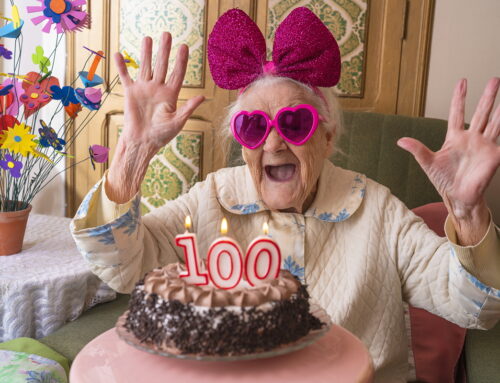Despite the president’s optimism that COVID-19 would be resolved before summer, the virus remains a fact of daily life. This remains especially true for the senior living industry, with up to 40% of the total U.S. COVID-19 deaths tied to nursing home communities. The hit to the senior living industry’s reputation, higher operational costs, and lower occupancy rates have impacted budgets. Everyone in the industry is facing the need to do more with less. This includes marketing budgets, which many communities cut back quickly in the early days of the quarantine.
As 2020 draws to a close, senior living communities face the critical tasks of rebuilding occupancy and their reputation with a reduced budget. While they’re trying to reach those goals, they must also remain vigilant to deter the virus, incorporate improved safety measures, motivate staff, and attract new clients. Segmentation of the different levels of care and targeted marketing are key to the success.
Long-Term Market Influencer
COVID-19 has created long-term changes in the world at large and the senior living industry specifically. One major shift is the transition from marketing senior living as primarily a hospitality choice with a focus on the amenities offered, to positioning senior care as a healthcare provider with a focus on safety. In order to accomplish this shift, it is crucial the marketing message shift communicate the new perspective.
Not only has the senior living industry changed, but so has the behavior of seniors. One survey showed 95% of adults over age 65 now practice social distancing. Even if a vaccine were available tomorrow, seniors aren’t likely to swiftly return to pre-pandemic behaviors. This is just one reason why senior living marketing shouldn’t return to its pre-COVID-19 approach with its emphasis on in-person events and tours. I believe we need to pivot as we move forward.
Smart marketing executives know they need to recalibrate their marketing strategies to reach their target audience. And when budgets are a consideration, omnichannel marketing offers a sensible solution. Instead of a siloed approach, where each channel operates independently, omnichannel marketing uses data analytics to strategically develop and deploy your unified message across all channels to reach your audience.
Smart Reallocation of Marketing Dollars
By reallocating your marketing spend on an omnichannel campaign, you can spend less to reach a more qualified audience. Marketing tools, like website content, email campaigns, social media posts, videos and digital ads work are ideal when your audience is practicing social distancing. But at omnichannel campaign also offers the ability to deliver a consistent message and call-to-action to every platform your key audience is using. By carefully nurturing this audience, you’re nurturing the audience most likely to convert into new residents.
Email marketing works and produces a solid ROI. The key with email is high-quality list development. Design targeted messages to reach identified segments. Incorporate virtual tours and events using live feeds and pre-recorded videos showing off your new-look community. For example, show staff and residents wearing masks and other protective equipment, as well as meal times and social activities which highlight community connection and virus prevention.
Shift to Meet Market Changes
To make the most of your limited budget, you need to adjust your message in three keys ways to respond to the current senior living conditions:
1. Present robust healthcare solutions – The value proposition of senior care is no longer focused on amenities and hospitality. Instead, highlight your healthcare approach and services, especially for assisted living communities. Your goal should be to allay fears and build trust.
2. Clearly identify the levels of care offered – Independent living communities were safe and have had very few deaths due to the virus. Use your blog and social media to tell your success stories about how your staff stepped up, the efforts and policies you implemented to keep everyone safe, or how residents have responded to the new normal. By promoting your approach to healthy living, you’re sending a clear message to your prospective residents.
3. Share examples of how your amenities and social choices work – No matter what type of senior living community you have, consider sharing examples of how your activities and daily interactions have benefited your residents. Whether it’s a full slate of activities for healthy seniors or small courtesies for residents living with dementia, your prospective residents want to know what you did to respond. They want to imagine themselves as a resident benefiting from your efforts.
By reconsidering the messages you’re using to connect with your audience, you can restore and enhance the image of your senior living community.
Sabal Group works with senior living communities to solve marketing challenges through smart solutions and strategies. If you’d like to learn more about how we can help you do more with less, please email Maribeth today.






